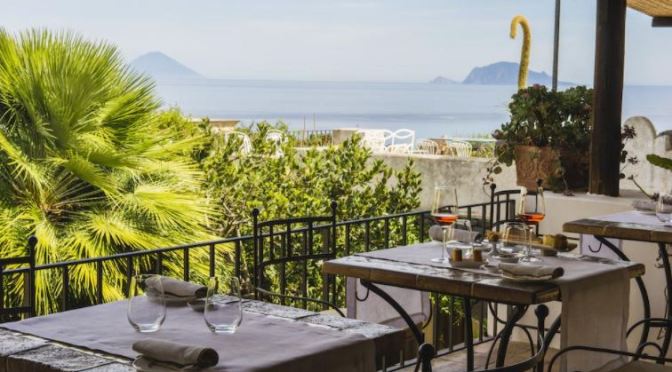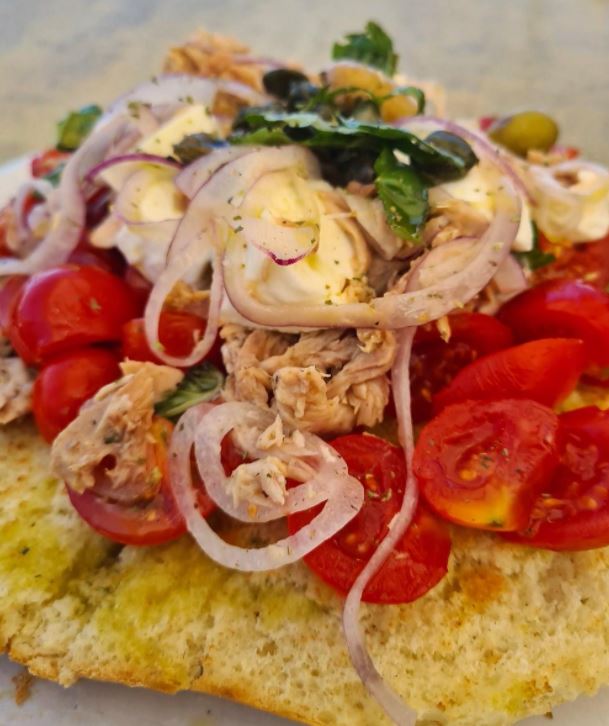Vulcano or Vulcan is a small volcanic island in the Tyrrhenian Sea, about 25 km north of Sicily and located at the southernmost end of the seven Aeolian Islands.
Tag Archives: Aeolian Islands
Views: Panarea – Aeolian Islands In Italy (4K Video)
Island of Panarea, Aeolian archipelago, a few miles north of the northern coast of Sicily. Let’s go to the discovery of another Aeolian pearl, the oldest, famous for the beauty of its landscapes, for the purity of its waters and for the elegance of the urban area.
Inhabited since prehistoric times, as shown by the spectacular ruins of the Neolithic village of Capo Milazzese, the island is at the center of a small archipelago in the archipelago, surrounded by the uninhabited Basiluzzo and numerous smaller islets (Dattilo, Lisca Bianca, Lisca Nera, Formiche, etc), sometimes little more than rocky stacks whose view nevertheless characterizes the marine panorama. Just look out from the terrace of the church of San Pietro to realize it.
Walking Tours: Lipari – Aeolian Islands, Italy
Lipari is the largest, busiest and most accessible of the Aeolian Islands. The main focus is Lipari Town, the archipelago’s principal transport hub and the nearest thing that islanders have to a capital city. A busy little port with a pretty, pastel-coloured seafront and plenty of accommodation, it makes the most convenient base for island-hopping.
Away from the town, Lipari reveals a rugged and typically Mediterranean landscape of low-lying macchia (dense Mediterranean shrubbery), silent, windswept highlands, precipitous cliffs and dreamy blue waters. The Museum of Lipari: The museum complex is situated upon the Neolithic rock of the “ Castello” of Lipari, a kind of a natural fortress, used by populations settled down on the island to defend themselves from attacks and invasions. The museum is the evidence of all the cultures and populations which have settled the territory.
It is possible to admire the Bronze Era huts, on the overlapped levels, and exactly four of them; some of the Greek-Roman buildings and the urban plant of the 2nd B.C. The museum of Lipari, one of the principal historical and cultural attractions of the island, is divided into six large areas, which are: the pre-historic section, the epigraphic section, the classic section, the section of the minor islands, the volcanologic section, and the paleontological section.
Travel & Cuisine: “Salina – Italy’s Island Of Wine, Capers & Pane Cunzatu”
ITALY MAGAZINE (Aug 25, 2020): Here, Michelin-star restaurants are hidden behind the secluded gates of family inns and the best wines are served by winemakers on a panoramic terrace using a vine leaf as a coaster while crystal clear waters are just a step away from the hydrofoils. And, though nothing lands in your lap since you have to climb through ferns and craters and puff along steep slopes to reach the most beautiful places and enjoy a magic sunset in the Pollara bay – it remains totally worth it.
Pane cunzatu – literally, seasoned bread, is the most famous Aeolian specialty. It is different from the namesake recipe you can find all over the island, which is more similar to a sandwich. Here a huge, round flat loaf’s base is topped with a generous amount of local delicacies, resembling more a pizza.

Once upon a time Salina was considered the “lesser” of the Aeolian islands despite being the second biggest after Lipari with three different comuni of Santa Marina, Malfa and Leni and six volcanoes scattered around its 10-square mile surface. However, it was a place that silently carved out a very special place in the heart of island lovers. It smartly matched its wild nature and untamed spirit with a relaxed and friendly atmosphere offering a dashing bit of otherworldly hospitality.









